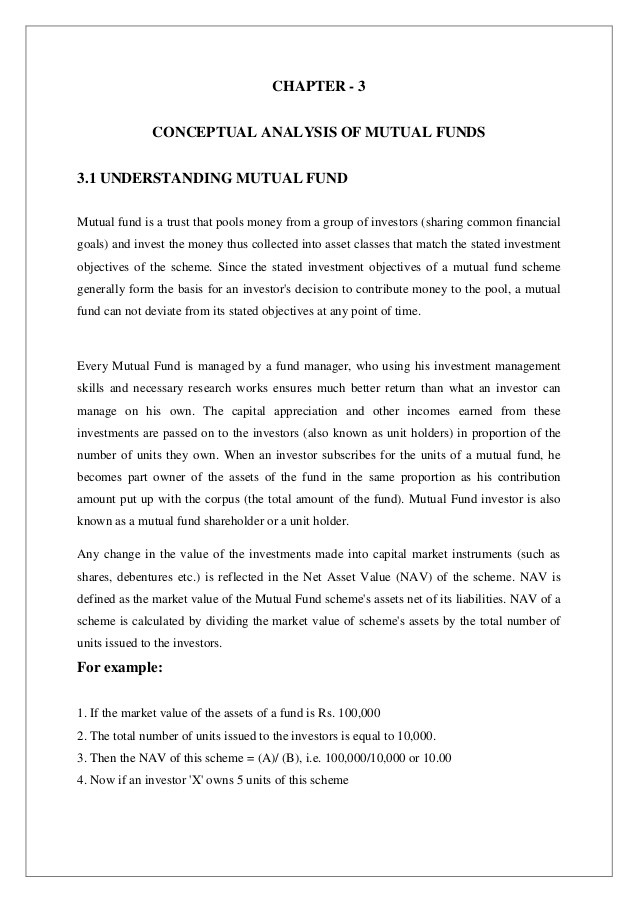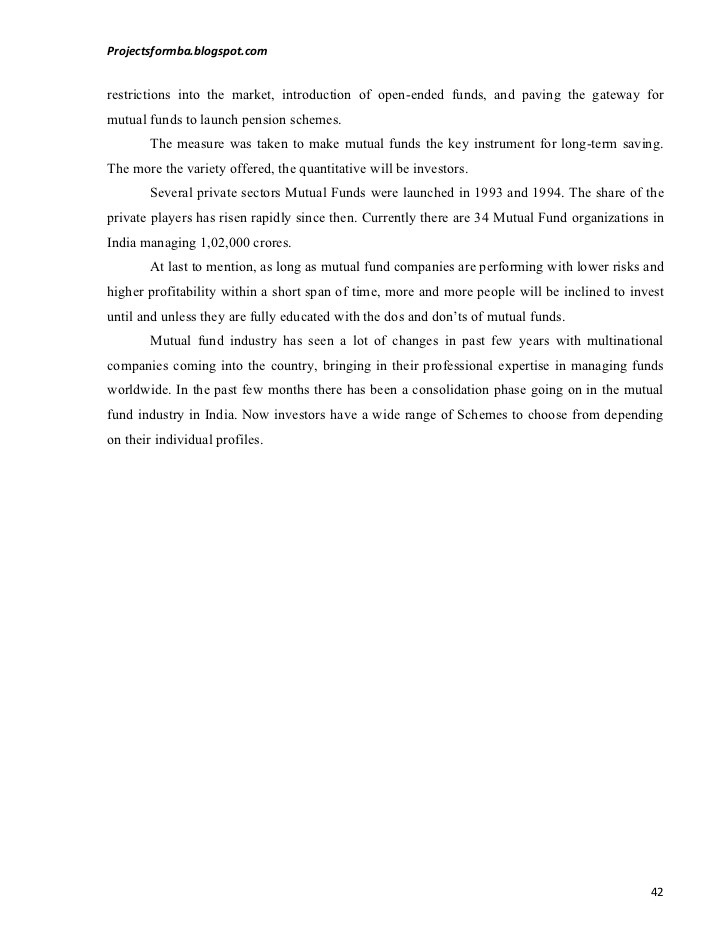Mutual Funds Understanding The Key Concepts
Post on: 2 Июнь, 2015 No Comment

In this article
- Measuring your gains The two types of fund distributions The advantages of reinvesting Tax treatment of fund returns
When you invest in a mutual fund, your earnings are derived from two potential sources: any appreciation in the value of your fund shares and any fund distributions. Your total return is a combination of these two elements.
Once you have determined your fund’s total return, you can compare your returns to the market and to mutual funds with similar investment objectives.
Measuring Your Gains: Net Asset Value (NAV)
Capital appreciation is the difference between what you paid for shares purchased and what you realize when you sell them. It is calculated as the difference in the net asset value (NAV) of your shares. NAV is computed on a regular basis by the fund company and is the price at which shares may be purchased or sold at that time. Money market mutual funds strive to maintain a constant NAV of $1, so they offer no opportunity for capital appreciation.*
How Fund Managers Calculate NAV
Periodically a fund accountant will add up the current market value of all the securities owned by the fund, plus any income or earnings that have not been distributed to shareholders.
Example: A fund owns 10 shares of XYZ, which currently is trading for $10 per share. The total value of the fund is $100. From this amount, the fund accountant subtracts the cost of running the fund, which we’ll assume is $2. The value of the securities, less management costs, is then divided by the number of shares of the fund that have been sold (we’ll assume 20 shares have been sold).

In this example, $100 — $2 = $98. Dividing $98 by 20 shares results in a NAV of $4.90 per share. If a fund charges an up-front sales commission (front-end load), the sales charge on purchases is calculated as a percentage of the NAV and added to the purchase price. As the value of the fund’s holdings fluctuates, so too does the fund’s NAV.
The difference between what you paid for a fund and what it is worth today is your potential capital appreciation (or depreciation, if the NAV has declined). Remember that capital appreciation is only a potential that is not realized unless and until you sell your shares. Once you sell your shares, the capital appreciation may be subject to taxes. Consult your tax advisor for specific questions.
Fund Distributions: Dividends And Capital Gains
There are two types of fund distributions: potential dividends and capital gains. Mutual funds invest in a variety of securities, including stocks, bonds, and/or money market instruments.* When these securities pay interest or dividends, the fund is required to pass them along to its shareholders (less a portion of the costs of managing the fund). A bond fund, for example, buys bonds that pay interest, which the fund then passes on to you in the form of a dividend.
Fund distributions also include capital gains realized by the fund when it sells portfolio holdings. The difference between what was paid for a security and what it sells for is a capital gain or loss. Short-term capital gains (on securities held by the fund for 12 months or less) are typically passed on to shareholders as a dividend distribution. Long-term capital gains are reported separately as capital gains distributions. You can calculate a fund’s yield by dividing its current NAV by the amount of distributions per share.
*An investment in a money market fund is not insured or guaranteed by the Federal Deposit Insurance Corporation or any other government agency. Although the fund seeks to preserve the value of your investment at $1.00 per share, it is possible to lose money by investing in the fund.
Three Ways to Measure Performance














